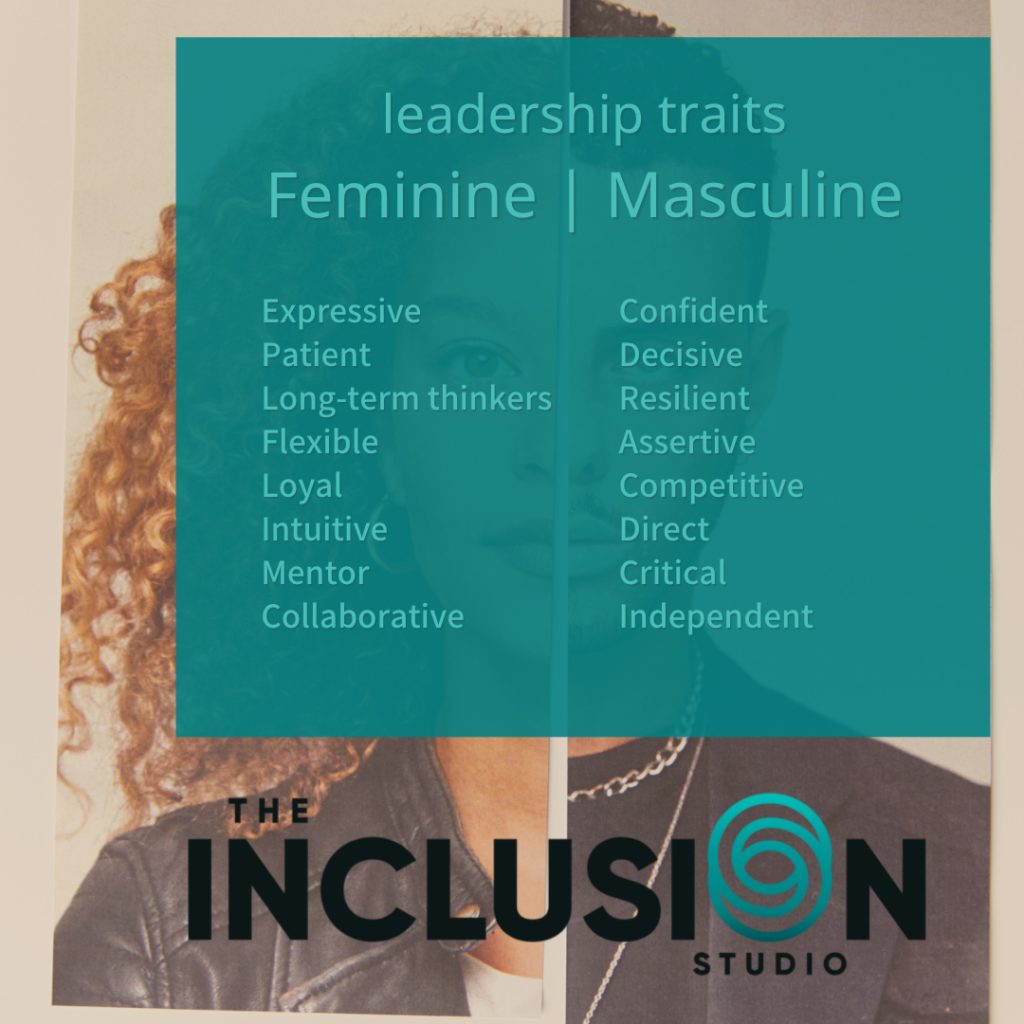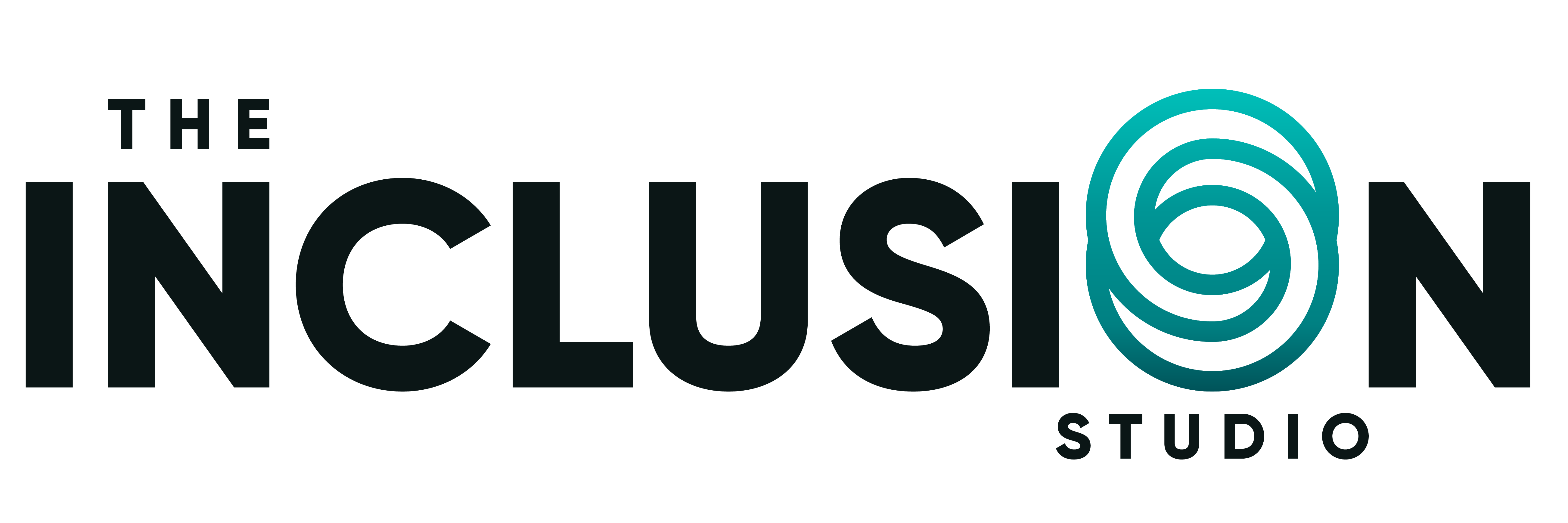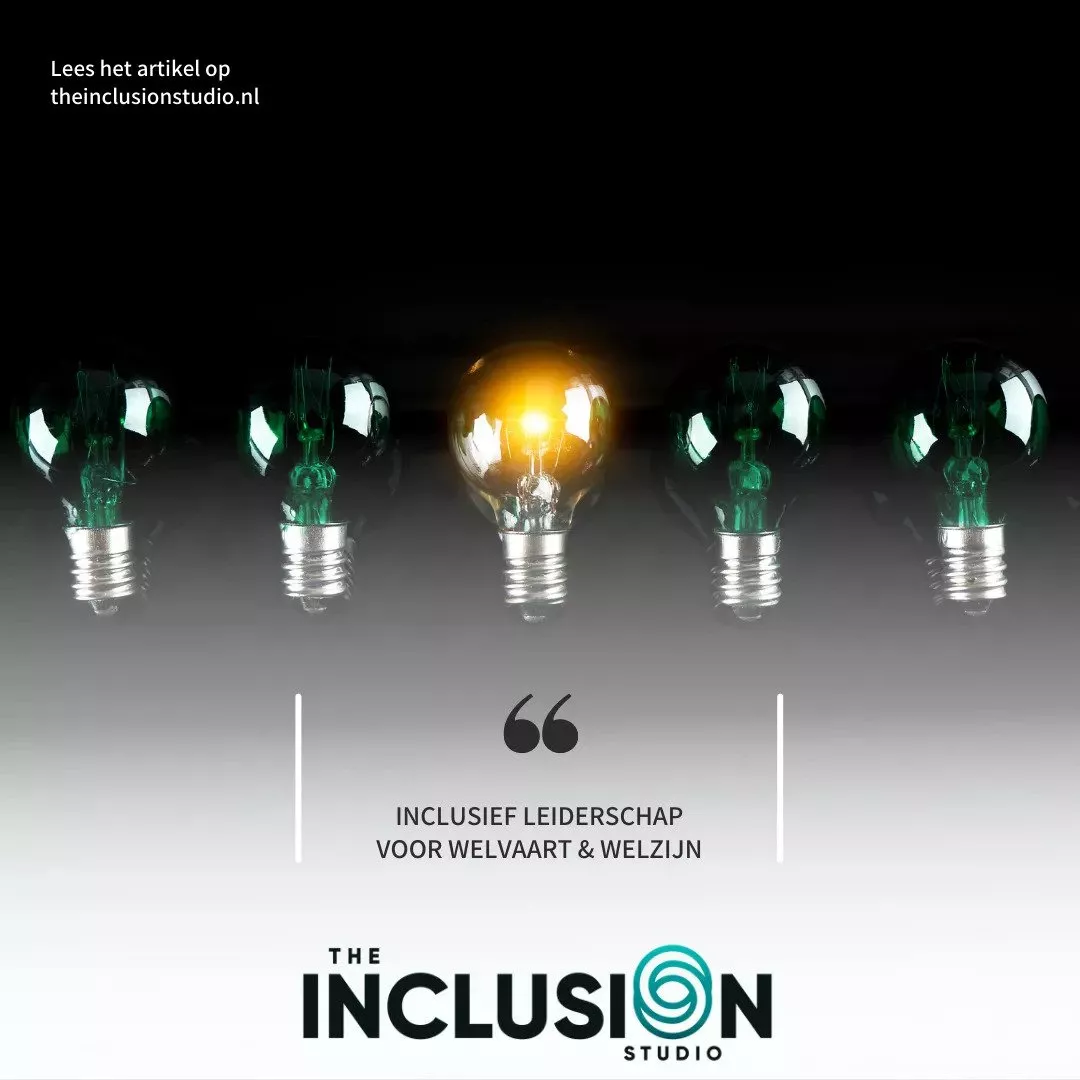
What is Androgynous Leadership and how do we apply this at work?
The term androgynous leader feels new but is not. The term was first introduced in the 1970s by the United States management consultant, Warren Bennis.
But it has been gaining momentum since the 1990s as more people are moving towards gender equality in leadership positions.
In many debates, the conception of becoming a better leader is biased to whether the person has certain “classified” traits from the biological point of view, that is mostly, male or female.
This issue has been conditioned by too many controversial environments without realizing that the best leaders throughout history possessed a mix of both “masculine” (competitive and task-oriented) and “feminine” (social and emotional) traits. Essential to adopt the right attitude in a specific situation.
As is perceived daily, most circumstances in business environments, require good leaders to adapt and improve their styles of action to face changing conditions, for which it is necessary to assume various “traits” and “skills”.
The list below highlights some of the masculine and feminine traits:

Failure to understand the importance of possessing and using both “masculine” and “feminine” traits diminishes interpersonal effectiveness and leadership power. In this paradox, the term “androgynous leadership” emerges, which integrates characteristics of both profiles. It is time that we accept that in the view of leadership it is no longer a question of whether a particular person has a “masculine” style (with the attributes assigned) or a “feminine” style (with the attributes assigned), but that the combination of these is what really matters.
It is about the ability of every human being to harmonize in oneself opposite and complementary aspects: the ability to listen and to understand, the receptivity and activity, the nuances of being and acting while having an overall vision and ability to delicately make a detailed observation.
The androgynous leader, (wo)man or non-binary, knows how to observe the present from multiple points of view. Is both integrated and connected with future scenarios, rather than through the usual patterns, knows how to harmonize relationships within their team with a marked sensitivity and attention, and is able to design and solve through interdisciplinary and innovative thinking.
The androgynous leader accepts the paradox within oneself.
To strive towards androgynous leadership, we have identified four main actions that leaders can take to apply the style of leadership at work. Further, you can hire professional consultants like The Inclusion Studio to give independent advice on how you can flourish the work environment in your organization.
Four steps toward balancing (Masculine and Feminine) leadership

Embrace the androgynous leadership
We need courage, self-assurance, and willingness to act in order to take advantage of the full spectrum of leadership behaviours, particularly when facing long-established gender norms and expectations. Taking an example of the Covid-19 pandemic, most successful leaders demonstrated the capacity to act with compassionate gentleness and an aura of command.
The Prime Minister of New Zealand, Jacinda Ardern, explained the closure of the country’s borders during Covid-19 as
“At no time in New Zealand’s history has a power like this been used, and I recognize how extraordinary it is. We need to do this for the health of the country, and our people”
as mentioned by Roy in an article published in the Guardian. This statement of Jacinda Ardern portrayed the strategic intent of her action which can be classified as masculine while linking it back to the traits of compassion and understanding which are gender-congruent.
You can read more about compassionate leadership in a book written by Rasmus Hougaard and Jacqueline Carter, How to Do Hard Things in a Human Way.
*Gender-congruent: behaviour that is consistent with the expectations associated with the gender role.
Build a diverse ‘tempered’ team
Leaders who act on the attributes which are completely masculine like forcefulness, dominance, and independence, lead with a belief that they can fix things on their own and that asking for help is a sign of weakness. Acting solely from this approach also suggests a lack of trust in your team members and their qualities.
On the other side, androgynous leaders recognize that they cannot achieve success alone and need to share the stage with a team that is diversified and tempered. Tempered individuals are often described as those who are good at adapting at both heating up and cooling down. You could also describe it as being able to switch well between difficult extremes.
Androgynous leaders need to be supported by a circle of leaders who are willing to take critical actions and make challenging decisions on top of standing against established norms. Leaders who are androgynous do not need a circle of “yes people,” those who are not willing to challenge or question decisions.
They are actually supported by the people who dare to deviate. In this situation, thinking out-of-the-box is an understatement. Androgynous leaders are also capable of sharing the stage with others. The confidence they have in their own contributions allows others to shine when making theirs.
Respect in communication
Androgynous leaders communicate regularly, transparently, and respectfully with key stakeholders. Taking an example from the Covid-19 pandemic, Merkel instead of being condescending (as Trump did when he dismissed the threat as something that will fade with the warm weather) explained the science behind the virus in an accessible manner. While Former Governor Andrew Cuomo shared hard and often discouraging statistics daily.
Their consistent communication served two purposes.
- Through their communication, they not only affirmed their respect for and trust in the intelligence of their populaces, but they also reduced fear by removing uncertainty and filling it with facts.
- As a result of their steady messaging, people were also given clear reasons to take the hard road of social distancing and other important measures to curb the spread of the disease.
Achieving our best androgynous self by moving from autopilot
People have long been urged to use androgynous leadership styles because it leads to higher creativity, more innovative culture of work, better decision-making, and increased inter-group cooperation.
With the speed, demands, and complexity in today’s world, most leaders are unconsciously operating on “autopilot”, and relying on behaviors always used by the leaders, as they don’t have the mental capacity or time to review a situation and take actions accordingly.
We should broaden our habits to pull from a greater pool of behaviors. By not doing that, we will never be at our best and put forward the best results. Success starts with knowing who you are.
Do you want to stay informed about everything related to inclusion and diversity? Subscribe to the newsletter via this link.
Danny Sanders & team The Inclusion Studio




